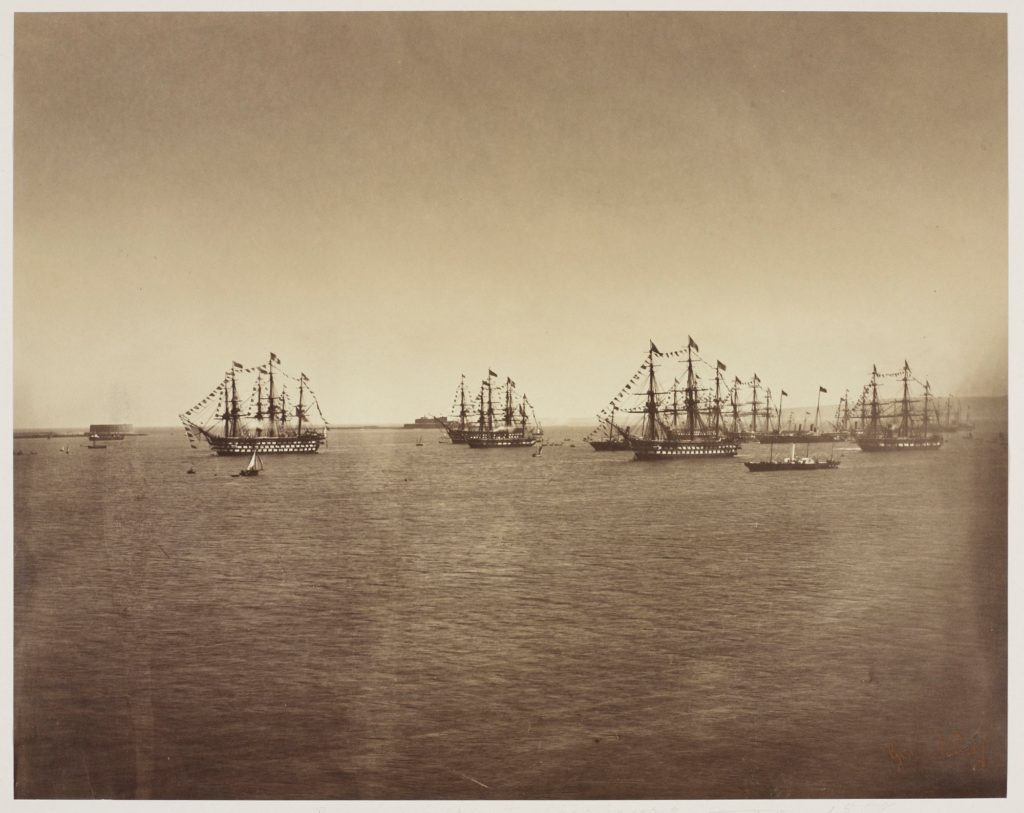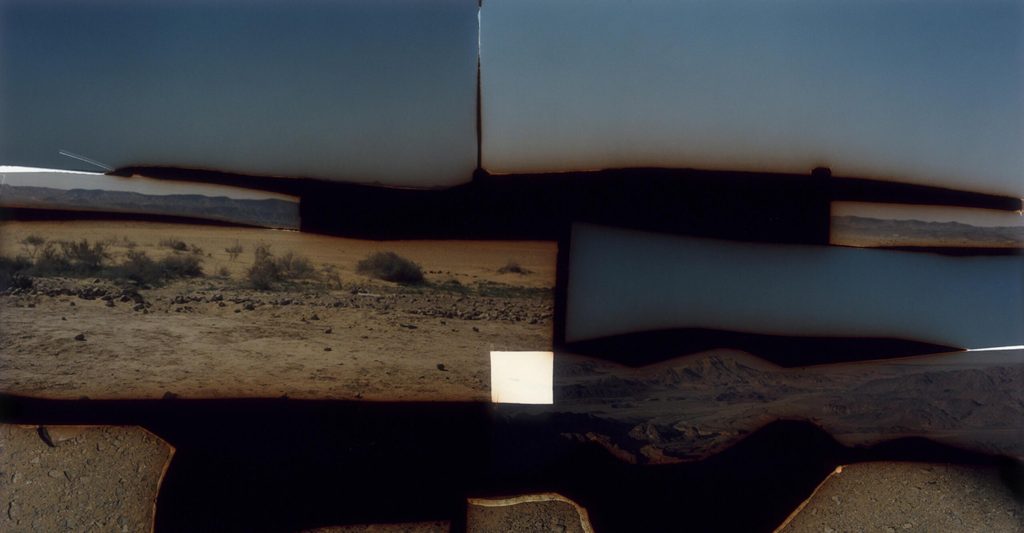Gustave Le Gray
Gustave Le Gray was the central figure in French photography of the 1850s—an artist of the first order, a teacher, and the author of several widely distributed instructional manuals. He is known as the most important French photographer of the nineteenth century because of his technical innovations in the still new medium of photography, his role as the teacher of other noted photographers, and the extraordinary imagination he brought to picture making.



His real contributions—artistically and technically—however, came in the realm of paper photography, in which he first experimented in 1848. The first of his four treatises, published in 1850, boldly—and correctly—asserted that “the entire future of photography is on paper.”
Image analysis:

Dafna Talmor
In Constructed Landscapes, Dafna Talmor conjures imaginary places through a process of collaging and montaging colour negatives.



comparison


Both could be described as landscape pictures. What kinds of landscapes do they describe?
‘The Great Wave’ describes an idyllic and romanticised landscape. Gustave describes a stormy day. The thick and dark clouds creates an intense environment, and the choppy waves on the bottom half compliment this.
Talmor’s image describes a more abstract image. Her original images were most likely the same as Gustave Le Grayes in the sense of being a romanticized straight up seascape. However, her technique of collaging different images together allows the viewer to see all the different angles of the landscape.
What similarities do you notice about these two pictures?
The content in both images is similar, they are both the sea. Both images have dark tonal colours. Both images have a burnt feature to them; the image on the left has rustic colours within the black and white, undertones of yellow. The image on the right is a collage, its been made by cutting up images and putting them together, however, on the edges of where it looks like its been cut up, there’s colours of orange a slightly red, again looking burnt.
What differences do you notice?
The image on the right is a collage, its abstract and not just a straightforward landscape of the sea. The image on the left is black and white with very yellow undertones, it seems more old and vintage. Also, in the image on the left, the sea is choppy and rough, smashing up against the rocks and the sea on the right is more calm and flat.
What words/phrases best describe each of these landscapes?
Gustave le gray- grainy, dark, gloomy, tonal, vintage, vivid
Dafna Talmor- abstract, Delineated, sectioned, cubic in a way
In which of these landscapes would you prefer to live?
The image on the right. It appears more peaceful; yet very interesting as there’s different parts to the image, its still dark and tonal but has a less gloomy and threatening feel to it.
